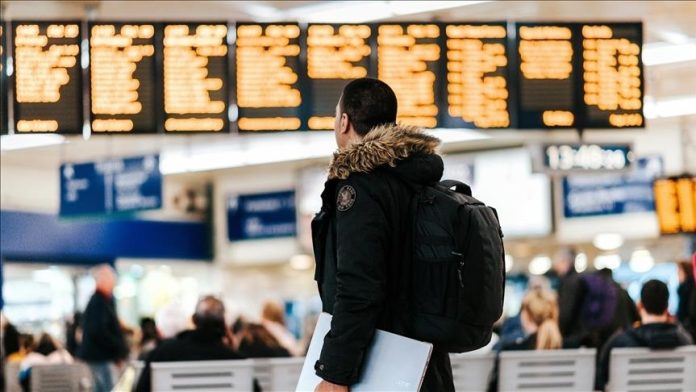An unusual incident occurred on a recent transatlantic flight from the United States to Italy: a passenger plane was diverted to Rome mid-flight because it was too large for Naples Airport. There were 231 people on board, who eventually reached their destination after a three-hour bus transfer on Monday.
According to Italian aviation authorities, this was an unscheduled aircraft replacement. The airline operating the flight replaced the aircraft with a wide-body, high-capacity jet, probably a Boeing 777 or Airbus A330, for technical reasons. However, despite its status as an international hub, Capodichino Airport in Naples does not have the necessary facilities to accommodate such large aircraft in normal operation.
The decision to change the route was made in the air after receiving information from ground services in Naples. The aircraft landed safely in Rome, where passengers were provided with ground transportation to Naples. The entire operation went smoothly and without complaints from tourists, but it sparked a wave of discussion in the aviation and tourism communities. This is a rare case, but it raises an important question about the preparedness of medium-sized airports to handle non-standard flights, especially in the context of growing tourist traffic,” commented Franco Mazini, an expert in civil aviation.
Italy is experiencing one of its busiest tourist seasons in decades in 2025. Southern destinations such as Naples, the Amalfi Coast, Sorrento and Pompeii are particularly popular with foreign tourists. However, local infrastructure, including airports, is increasingly facing congestion.
Capodichino Airport, designed primarily for medium-haul flights, serves about 12 million passengers a year, and its expansion has been under discussion for several years. After the incident, representatives of the Italian Ministry of Transport once again raised the issue of modernising the Naples airport hub. Despite the unexpected change of route, most passengers were understanding of the situation. Upon arrival in Rome, they were offered water, light snacks and a transfer by comfortable buses to Naples.
The airline operating the flight (the name is not disclosed for contractual reasons) apologised to its customers and promised to review the logistics of replacing aircraft on routes where infrastructure restrictions are possible. This incident was a stark reminder of the importance of coordination between airlines and regional airports. With the growing mobility and scale of air travel, even such a seemingly “minor” miscalculation can lead to bus transfers of many kilometres.
European airports, especially in southern regions, may need to hurry up with modernisation — tourists are becoming more mobile and planes are becoming more numerous.
